Throughout history, books have been a highly valued commodity. Its trade dates back many centuries to the invention of supports such as papyrus and parchment, and the creation of libraries by accumulating and copying copies gave rise to collections as famous as that of Alexandria.
Unfortunately many libraries were lost due to various circumstances. Others suffered surprising ups and downs, as is the case of Aristotle's personal library. In all, as Catherine Nixey points out in her stupendous work The Dark Ages:How Christianity Destroyed the Classical World (2017):
There is no need to introduce Aristotle, perhaps the most famous classical philosopher along with his teacher Plato. He was born in Stagira (modern Stavros), on the Macedonian peninsula of Chalcidice, in 384 BC. At the age of 17 he was sent by his tutor to study in Athens, at Plato's Academy, where he stayed for 20 years.
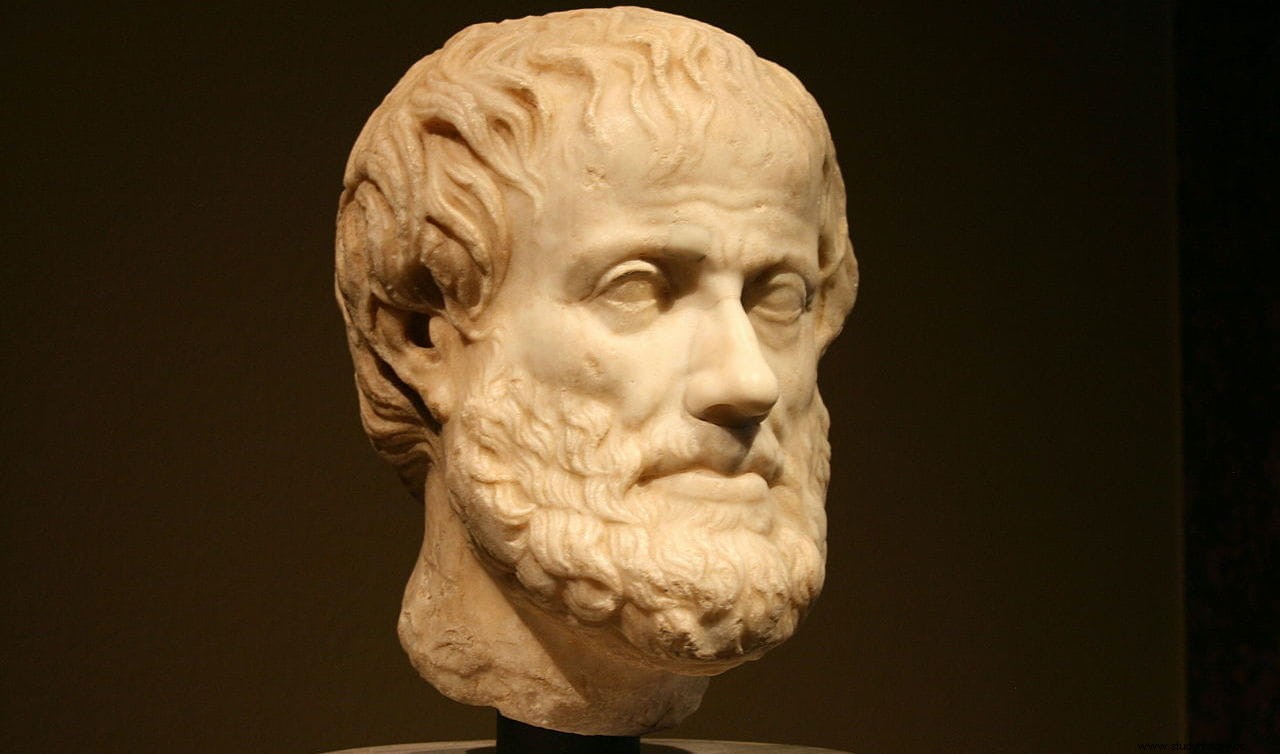
Upon Plato's death in 347 B.C. he began a journey through various cities of Asia Minor, until in 343 B.C. he was called by King Philip II of Macedonia to become the guardian of his son, the future Alexander the Great, who was then 13 years old.
In 335 BC he returned to Athens to found his own free public philosophical school, the Lyceum. It will be in this period when he begins to accumulate copies, both his own and those of other philosophers, forming a large personal library.
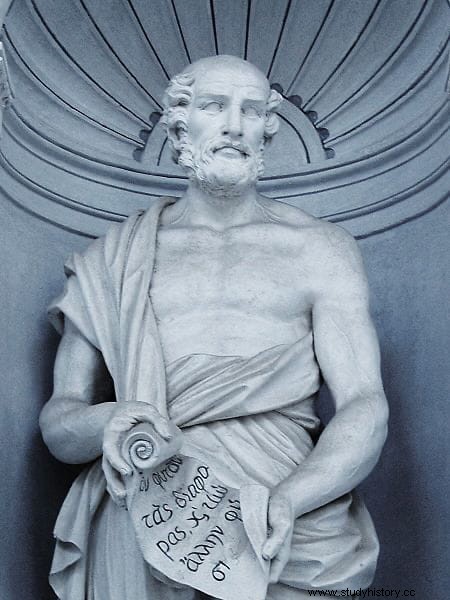
After Alexander's death in 323 B.C. Aristotle definitively leaves Athens, settling in the city of Chalcis, on the island of Euboea, where he will die the following year.
But before leaving he had appointed his disciple and friend Theophrastus as his successor at the head of the Lyceum. He left her in the care of his entire library, and even named her in his will as guardian of his children. Theophrastus ran the Lyceum successfully for 35 years until his death in 287 BC.
And this is where the trail of Aristotle's library, increased for 35 years by Theophrastus with new works of his own and others, begins to fade. Theophrastus bequeathed it to one of his disciples, Neleus of Scepsis. Neleo returned to his hometown, present-day Kursunlu Tepe in Turkey, and on his death left the library to his heirs. At that time the area came under the control of the Attalids, who in 230 B.C. they began the creation of the Library of Pergamon to compete with that of Alexandria. According to Strabo's account:
For almost 150 years the library books of Aristotle and Theophrastus remained hidden underground. At the end of that time, a singular character appeared on the scene, wealthy and bibliophile, about whom little is known. Having obtained Athenian citizenship, he devoted his life to amassing a formidable library, for which he did not hesitate to steal original documents from the archives of Greek cities. His name was Apelicón de Teos and it seems that he was a specialist in locating and subtracting rare specimens.
He was somehow able to trace the library back to Neleus's descendants, buying it from him despite the books' poor condition from moisture and insects in 100 B.C. Strabo continues:
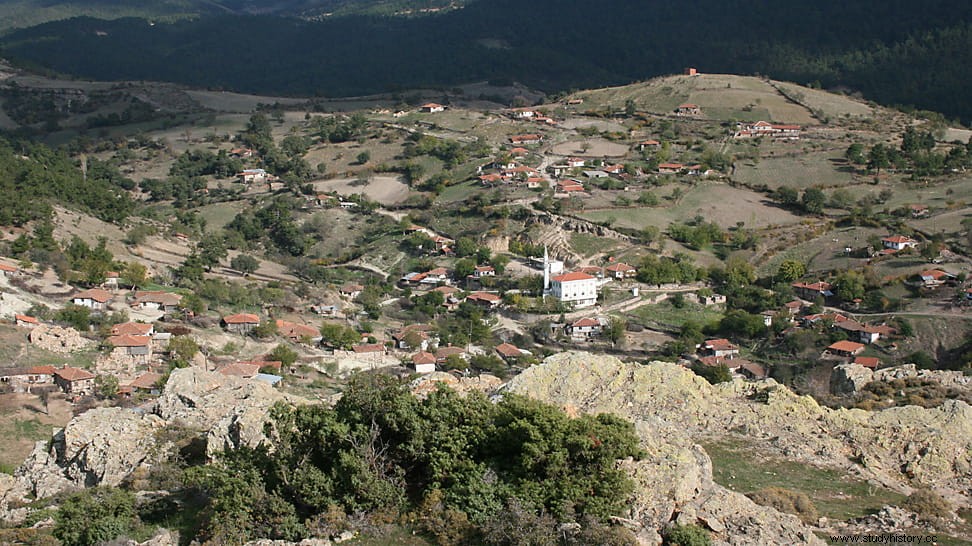
Athenaeus of Naucratis tells the same story, who lived between the end of the 2nd century and the beginning of the 3rd century AD. when he talks about Apelicón:
Apelicon took the library back to Athens where he set about restoring the damaged parts, making new copies of the texts and, unfortunately, filling in the missing parts as he thought they should be.
Due to this, and to the large number of errors made by Apelicón, Strabo says that
However, there is another version of the story, which tells that Neleo bequeathed to his family only the texts and manuscripts that were still unordered, the notes of the master Aristotle that were not yet ready for his edition. The rest would have been sold to the Library of Alexandria through an intermediary, plausibly Demetrius of Phalero, who at that time was still working in the library under Ptolemy I.
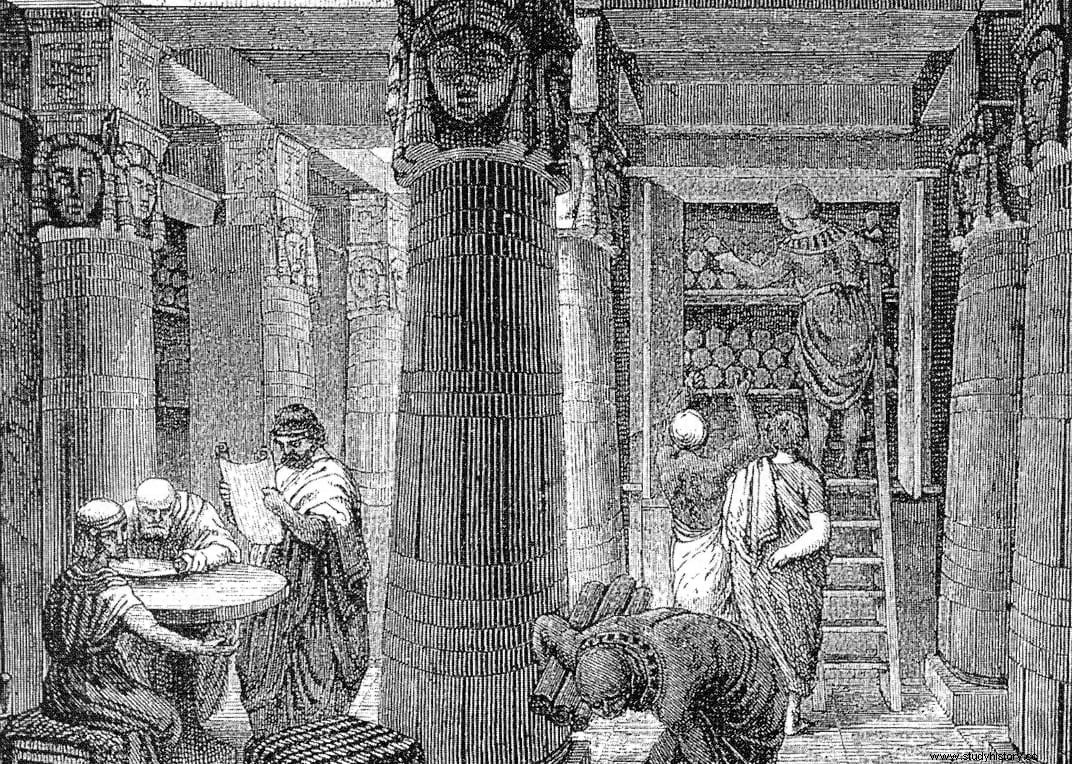
This version is supported by two facts. The first Neleus and Demetrius were good friends, both disciples of Theophrastus. And the second, that according to a document preserved in the Egyptian archives, it is mentioned that when Augustus conquered Alexandria he inspected the libraries and the date of production of the books, and found in them manuscripts of Aristotle's works, written in his time and in Theophrastus .
Going back to Apelicon, when the Roman general Sulla captured Athens in 86 B.C. and the Roman soldiers pillaged house by house, they found Apelicon hiding in his library. They killed him and notified Sila of the discovery of him. He ordered to load the books on a ship to transport them to his villa in Rome.
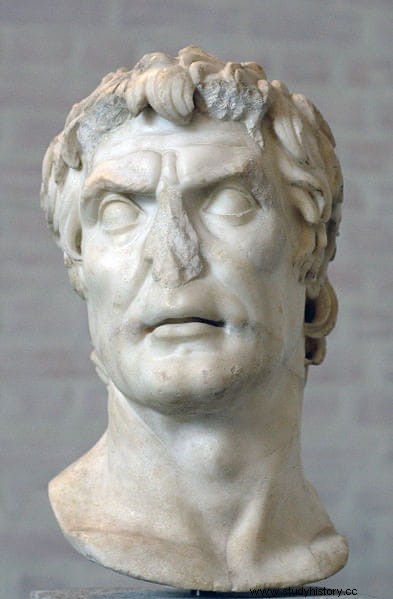
Another Roman general, Lucullus, had also found copies of Aristotle's texts at Amiso. From there, Tyranion, a Greek grammarian who managed to gain access to both collections, that of Lucullus and that of Sulla, was taken to Rome among the prisoners and made a selection of originals, ordering and copying them.
Tyranion was Strabo's teacher, at least until 30 B.C., which suggests that the entire history of the Aristotelian library related by Strabo was heard from Strabo's mouth.
But more importantly, Tyranion sent a copy of all the manuscripts to Andronicus of Rhodes, who from 78 to 47 B.C. served as the eleventh successor of Aristotle in the direction of the Lyceum. Andronicus would make the first complete critical edition of Aristotle's works that has survived to this day.
Unfortunately, years later, Sila's son, Fausto, broke, decided to sell the books, which were distributed among many buyers, finally being lost.
It is estimated that barely a third of what Aristotle wrote is preserved. For example, from the Constitutions of him , drawn up for 158 Greek cities, only Athens remains. And that because it was found in an excavation in Egypt. Of the more than 200 treatises on him, only 31 have reached us.
